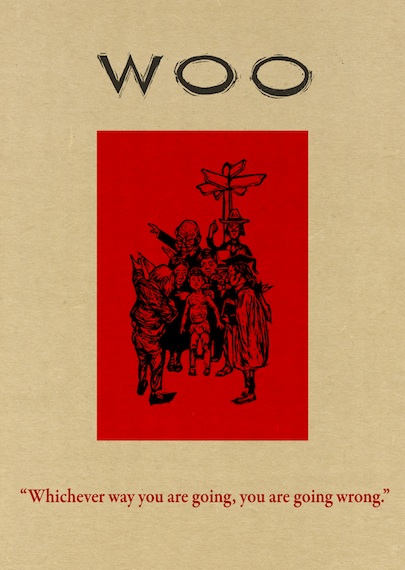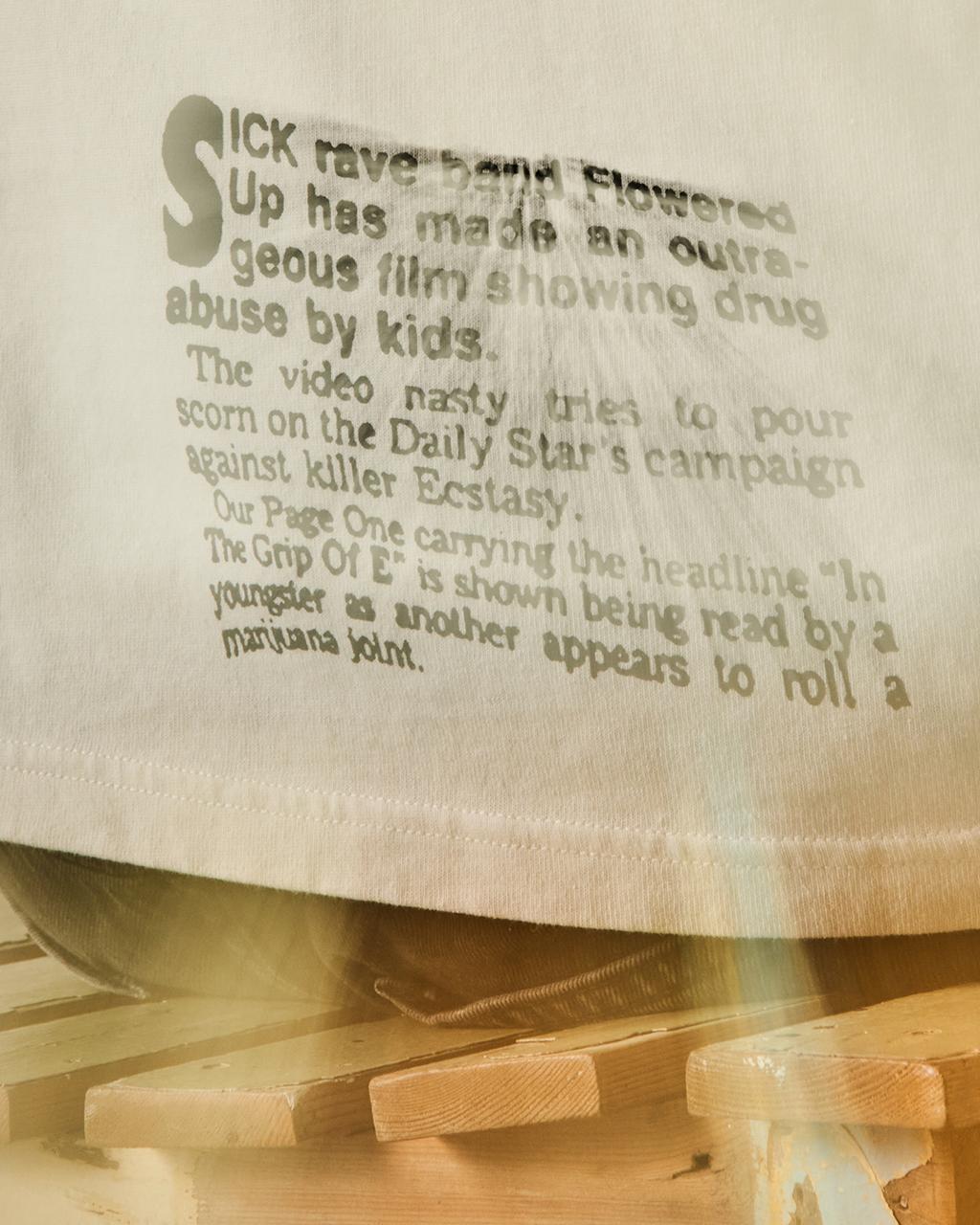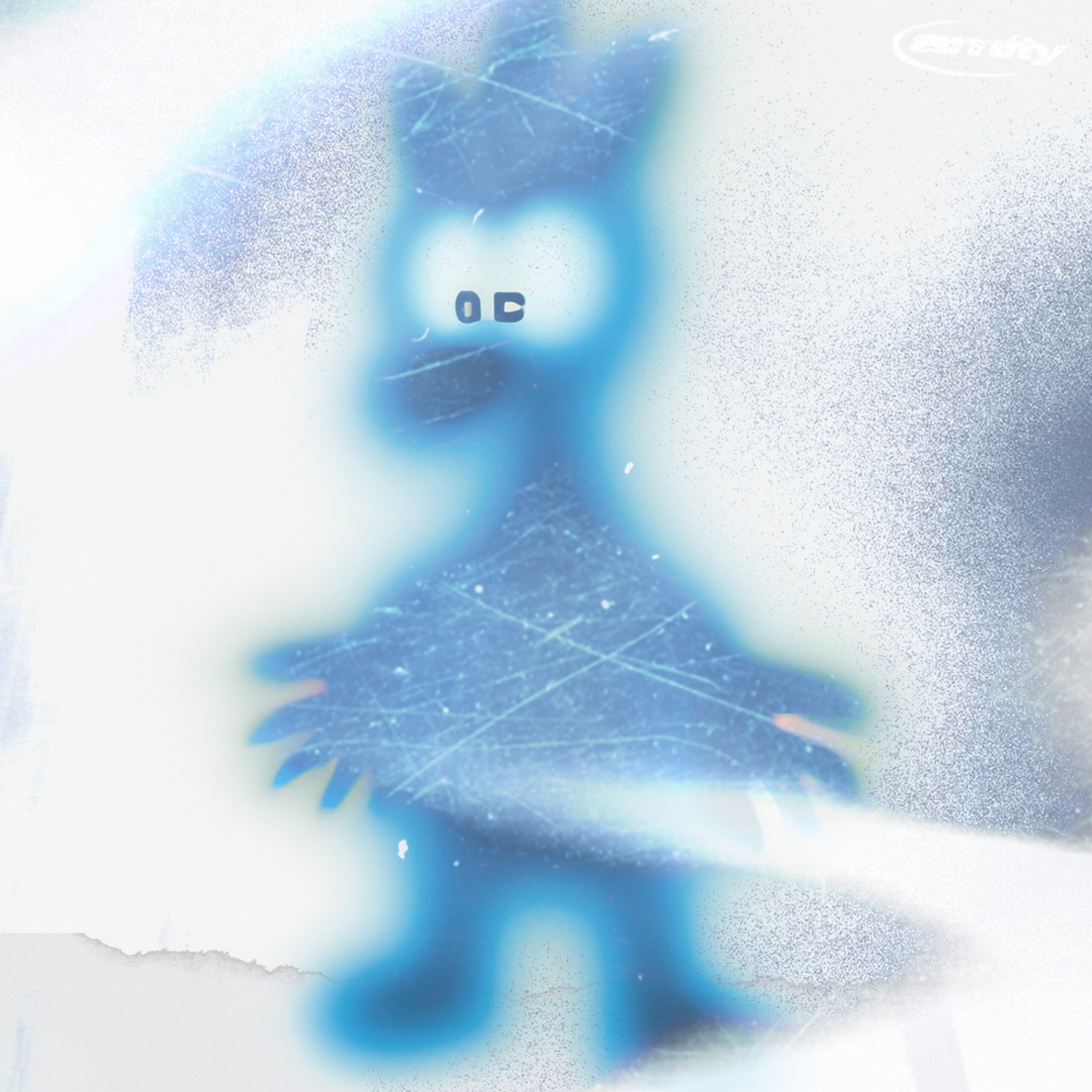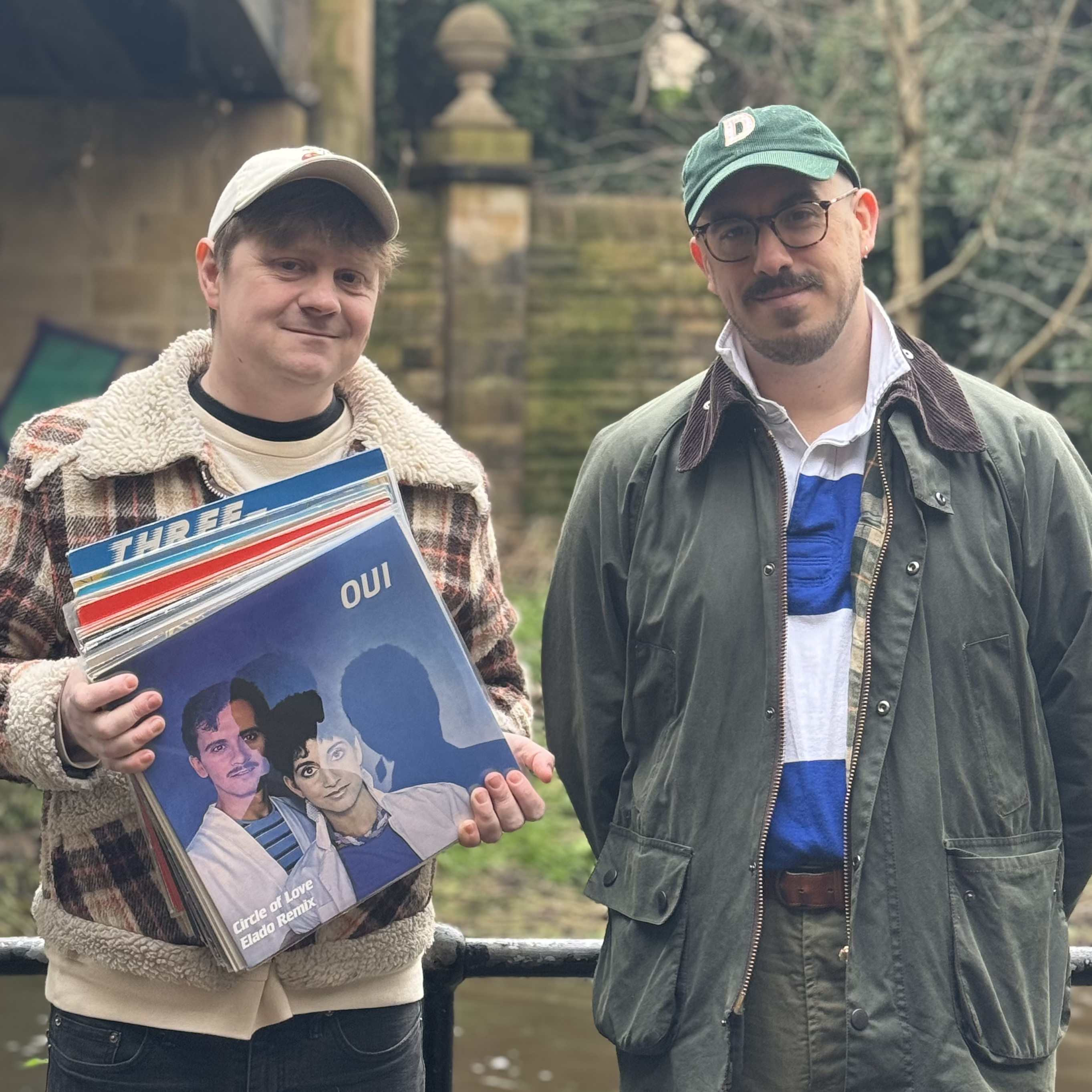Label to Artist: Woo Interviewed by Emotional rescue

When two teenage brothers started recording together in their parents house in mid-70s South London, little did they realise that nearly 40 years later these nascent recordings would become so highly treasured to collectors and artists alike.
Bringing together their love of ambient, folk, prog and new age with the still relatively new electronic synthesizers and drum machines, their recordings together have left an archive of some 1,500 songs, of which just a small percentage are released.
Here Emotional Rescue’s Stuart Leath asks Clive and Mark Ives some insights in to their history in celebration of his label’s reissue of their debut album, Whichever Way You Are Going, You Are Going Wrong.
Stuart: First up can you tell us a little about yourselves, your brothers but where did you grow up, how did you first get interesting music and learn instruments?
Clive: We grew up in South London, first in Raynes Park, then in Banstead.
Our interest in music started when we were young, growing up seeing the Beatles on TV. When Mark was nine and I was six, we formed our first band called The Tescades with two friends. Three guitarists and Clive playing my Grandads old drum kit. We would put on gigs in the garage, and invite friends to be the audience. I imagine we mainly attempted Beatle songs! When Mark was about thirteen, he began to really learn to play guitar and write songs, I was really impressed with his writing, and we spent several years where he would sing and play guitar and I would utilise most of the pots and pans from the kitchen to make percussive backing for his compositions. Mark joined the Royal Air Force Band, and learnt to play the clarinet. Once he left, we started to record music together.
Mark: Our Grandad and Uncle Ivor would come round when we were kids and play music in the kitchen. We would sing songs around the kitchen table, good old songs: Back To Guilford, an old First World War song that they brought back from the trenches. I used to go to jazz clubs with Ivor and watch him play modern jazz and Dixieland jazz with wonderful pianists and double bass players. Then when I was about 13 or 14, I said, I want to play the saxophone, so Ivor gave me a simple system clarinet, an old-fashioned one, and I played that for a couple of years. Then he bought me a saxophone and I played it for a while, but Uncle Ivor said he thought I should stick to the clarinet so I went and bought a very nice Le Blanc clarinet, and got really into playing the clarinet.
How did this lead to recording together, did you hire studio time or build your own?
Clive: In 1974, Roland brought out the SH3 monophonic synthersizer. We bought this synth and a Teac 4 track tape recorder and began our exploration into sound, recording and composition.

Armed with these two bits of equipment, we had no need to hire a studio, we would get together several nights a week and record. This went on from 1974 to 1985 where we produced over 1,500 tracks. During this time we developed the studio, Mark would play bass, Spanish guitar, 12 string, clarinet, flutes, midi horn, and I played keyboards and percussion.
Stuart
Woos music has a very specific sound, mixing folk, new age and electronics with studio (dub) effects, can you tell us about your recording technique and how you set the studio to achieve this?
Clive: In the early years we were experimenting, mainly with Marks compositions. He would teach me the notes, and I would use the synth to multi-track at the same time, as he would record his instruments. We were working in a flat, where late at night we had to keep the volume down. This would influence the type of music we could play, and lead us to record much more soft, subtle tracks. For example- The Bird off Its Cosy Inside or White and Whiter Still off Whichever Way
The way we recorded did create this intimate warm feel to the music. We would often leave the random comments that got onto the tape, the various background noises became part of the track, the warmth you get from recording onto tape, as opposed to the clarity of digital. So it was deliberate, in the sense that we were not too fussy with what the end result was going to be, therefore we could relax and let so called mistakes/ glitches etc. happen. In the early days we would use a lot of sound on sound, which would add lots of background hiss, which I wasnt so keen on, so these tracks could be rejected, if they became too lost.
Working on the later ambient CDs Planning for a Miracle and Forever Healing were interesting in their formulation. I would create keyboard loops on an M1 and slow them right down to sixty beats per minute, and then construct the compositions on computer. I spent months programming the voices on the M1, so that they would combine well and flow easily into each other when played back slowly.
They sound lo fi because they are! There was nothing deliberate; this is not a calculated end product. Over the years we were improving on the recording equipment, in an attempt to have clarity of sound. So you might say the warmth and intimacy were was a happy accident. There was a real intimacy developed between Mark and I, over so many years of recording together, this has to be in some way present within all the music we made.
Im particularly interested in how your put Marks guitars, clarinet and singing bowls etc through Clives synthesizers and mixing desk, was this a sound you were seeking and how did you find the results?
Clive: Well it started around 1976 when we bought the Roland System 100 synthersizer. This was a huge break through for us. With this synth, Mark was able to play his guitars and clarinet, and I could send his audio signal through the synth and sequencer! With this possibility, we entered a whole new dimension. We experimented with many different variations with this set up. For example, Mark playing the chords on the guitar and using the sequencer to create the rhythm. Or Mark could play and I could shape and phrase his playing via the keyboard and the oscillators and effect processors within the synth. Most of the following years of recording utilized this technique. I then focused more on creating sequencer patterns, which could form the basis of a track. After our initial thrill of the wonders of recording we began to realize that with this technology at our fingertips, we could create beauty. Organic, unpredictable, mysterious things would happen when we allowed the technology to be set free, especially when Marks instruments were being treated through the sequencers and synths. Sometimes 1 and 1 made 3, and we were in creative heaven. From there the mind enters into the equation, and starts to envisage endless sounds upon sounds, combining musical influences and making them
into something new, working with these wonderful gizmos to construct and shape sounds. For the first three albums, a period of about a decade overall, we would record at home, about three times a week, normally evenings. Back then, Mark had a studio flat and the equipment was set up so we faced each other, and there was a percussion rack between us so we could both play it. I had sequencers, drum machines, and synths. Mark handled the tape decks. We would have low level lighting, mainly blue.
If we got something good happening it would continue into the early hours. I remember one morning waking up still sitting at my keyboard, using the phone as my pillow. The woman below us would thump on the ceiling with a broom handle when she got sick of the noise, so that influenced a lot of what we could do and how we could work: drums became triangles, clarinets were played real breathy, guitars were plucked, not strummed. Even hitting the keyboards too hard had to stop. For example, The Bird on Its Cosy and White and Whiter Still off Whichever Way were both late night creations We wanted to create subtle, sensitive, mystical music the like of which had not been heard before.
Of course you always want more equipment, but looking back on it, the limitations were a gift. Ive just remembered one of our first recordings we ever did, using a 7 inch record which had a constant tone on it, playing it by changing the speed from 16 to 33 to 45 then 78 . I remember saying to Mark Oh wow, weve gone electronic! Its a move up from bashing saucepans!
As we progressed and exhausted what we could do with one piece of equipment, we would trade it in and get something different, moving up to polyphonic keyboards and vocoders. I would create sequences and feed the output into a vocoder and then Mark would play instruments and percussion to trigger the vocoder. I even made a violin with tape samples as the bow, and a pickup head; similar to Laurie Andersons but not as good!
As new technology came along we would upgrade though for example, most of Live from Venus was created with a machine designed by one of the Sisters of Mercy. It was called the Notron, an extremely programmable and interactive sequencer. But with all these gizmos, it always comes back to what you do with it!
Tell me about releasing your debut – Whichever Way You Are Going, You Are Going Wrong it initially came out in 1982 on The Sunshine Series, was this your own label?
Clive
Yes, The Sunshine Series was our own label. We made a connection with Mike Always, the A and R man with Cherry Red Records. He helped us release the first album.
How did Independent Project Records end up reissuing the album in 1987 and then releasing its follow up, Its Cosey Inside, 2 years later, come about?
Bruce, from Independent Project Records in America, loved our first album and contacted us and said he would like to re-release it. On the back of that he also released Its Cosy Inside.
Even though you were living, working and making music in London, it is very much of its own time and space so I always wondered were you inspired by any specific bands, go to gigs or have people you considered peers?
Clive: In the early days, Mark and I have different favorites and some things we both appreciate The Beatles, Led Zeppelin, Cream, Jack Bruce, Todd Rundgren, Kraftwork, Nino Rota, John Barry, Ravel, Captain Beefheart.
I also liked Yes, Debussy, Erik Satie, Eno, Beethoven, David Bowie, Frank Zappa, Genesis, The Kinks, Spencer Davis, Can, Stevie Wonder. I know Mark was a fan of Jango Rinehart, Justin Heywood from the Moody Blues, Stan Getz and Lionel Hampton. Van Morrison, Prokofief and a lot of Jazz
Stuart
Did you ever take Woo in to a live format and if you did, would do so again now there is this renewed interest in your music?
Clive: We did do a few gigs, but quickly realised our strenght was in recording and multitracking. With just the two of us, the way we worked best in the studio, didnt translate well on stage.
With both your previous vinyl albums recently reissued by Drag City and Emotional Rescue and some 1,500 songs recorded in total, can you tell us what the future for Woo holds?
Clive: Since 1989 we have recorded many more albums. We are being approached by other companies, interested in releasing more Woo music, so we hope to be releasing some new compilations of our music. We worked with Dave Goodman – the Sex Pistols engineer – on an album called Live From Venus where I used a sequencer designed by one of the Sisters Of Mercy, called a Notron. Mark wrote two albums of songs, I produced several CDs of ambient music for healing and mediation. Between us we have created several CDs of Woo music: This Love Affair, Dobbins Lost His Coconuts, Journeys, and Ruby Past Lives. All of these recordings have been collective Woo projects, with one of us taking the lead.
Emotional Rescue and Drag City have both been most interested in our early recordings, but I am optimistic that on the back of these re-releases we will be able to release some of our more recent recordings.
Want to buy the amazing reissue of ? Check here
And It’s Cosy Inside Here… click the picture. ?
?
WIth thanks to Stuart Leath of the excellent Emotional Rescue/Response labels.


















Must Reads
David Holmes – Humanity As An Act Of Resistance in three chapters
As a nation, the Irish have always had a profound relationship with the people of Palestine
Rotterdam – A City which Bounces Back
The Dutch city is in a state of constant revival
Going Remote.
Home swapping as a lifestyle choice
Trending track
Vels d’Èter
Glass Isle
Shop NowDreaming
Timothy Clerkin
Shop Now